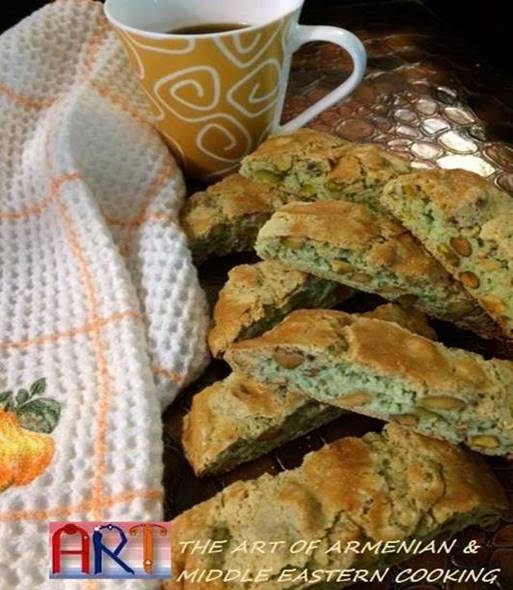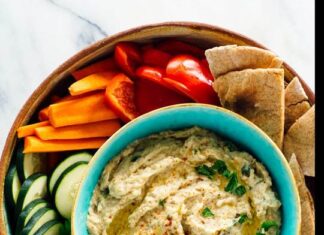“There is a common misconception that biscotti originated in the Tuscan region of Italy, when in reality it was created a few centuries earlier in Rome. The word biscotto is derived from the Latin ‘bis’ for ‘twice’ and ‘coctum’ or ‘baked’ which would soon be adapted to ‘cotto’ meaning ‘cooked.’ Tuscan biscotti were flavored with almonds from the plentiful almond groves of Prato. There, the cookies were — and still are — known as cantucci. Cantucci di Prato can be found in the window of every pasticceria in Tuscany.“
“Biscotti dates back to ancient Rome, where soldiers and travelers relied on these twice-baked biscuits for sustenance during long journeys. The cookies’ dry texture made them durable and long-lasting, ideal for times when fresh food was scarce. The first round in the oven was used to cook the dough, and the second round dried and preserved the biscotti, providing an extraordinarily long shelf life for nourishment during the Roman Legions’ extended conquests. Pliny the Elder, an author, philosopher, and naval commander used to boast that biscotti would be edible for centuries.”
Everything Biscotti says: “The history of biscotti in the United States can be traced back to Christopher Columbus, who needed a viable food source that could resist moisture and mold on overseas journeys. As biscotti moved from dietary staple to delectable dessert it was natural for American bakers to include nuts, dried fruits and extracted flavorings to add sweetness.”
“Modern recipes include adding baking powder and spices to the flour. The nuts are then added to allow them to be coated, with the skins being left particularly when using almonds and hazelnuts. Separately, eggs are beaten together and then any wet flavoring (e.g., almond extract or liquor), before being added to the dry ingredients. Following twice baking (once in long slab form, secondly in cut sliced form), the biscotti may be dipped in a glaze, such as chocolate.”
NPR writes, “Today, biscotti come in an endless array of flavors. Classics such as almond, anise and hazelnut contend with flashier up-and-comers such as gingerbread, maple walnut and mint chocolate chip. There are also savory biscotti made with various cheeses and herbs that are lovely when paired with a charcuterie plate, an assortment of olives and cheeses, or even a bowl of soup. Despite their centuries-old heritage, there is no one perfect way to make biscotti. Some recipes call for eggs only, which is the traditional method, while others swear by butter or oil. The choice is yours; just keep in mind that those made with butter or oil will have both a softer texture and a shorter shelf life.”
“Most European countries have adopted their own version of biscotti. The British have rusks; the French, biscotte and croquets de carcassonne; Germans, zwieback; Greeks, biskota and paxemadia; Jews, mandelbrot; and Russians, sukhariki. While biscotti today is often enjoyed with a coffee or espresso, many Italians (and other enthusiasts) still find the sweet wine pairing the ultimate ending to a meal or a perfect treat to while away the afternoon at a cafe.”








